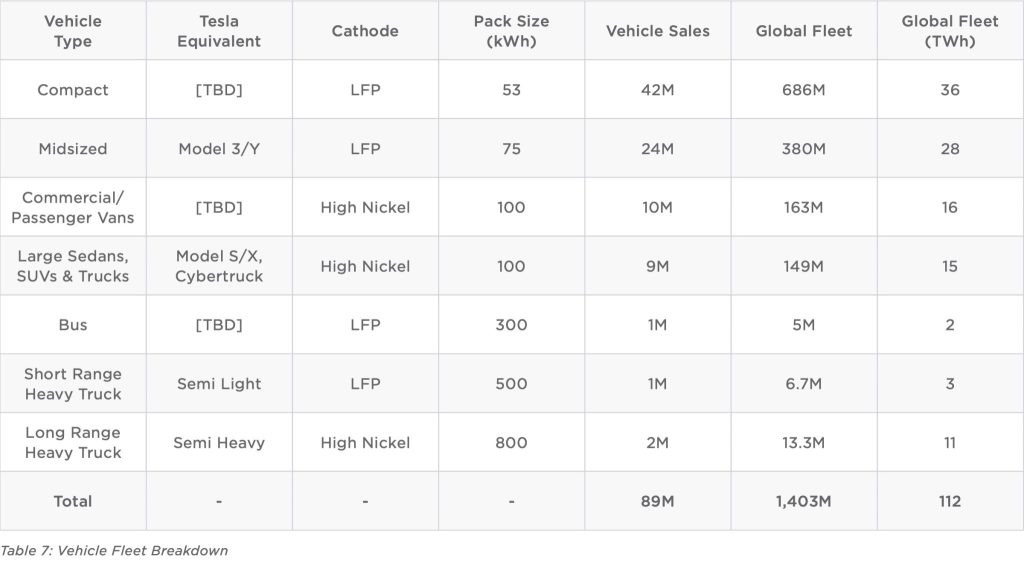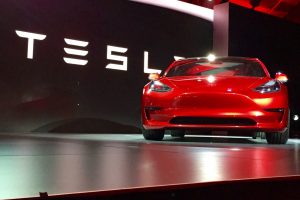On its recently-shared Master Plan Part 3, Tesla teased three new vehicles with its next-generation platform, including a compact car, a commercial/passenger van, and a bus.
Tesla’s Master Plan Part 3 focused on seven vehicle fleet categories, including compact and midsized cars; large cars, SUVs, and pickup trucks; commercial vehicles, buses; and heavy-duty trucks. Tesla has released vehicles in four out of seven of those categories and plans to release three new cars under the compact vehicle segment, in the commercial/passenger van market, and a battery electric bus.

TESLA “MODEL 2“
Tesla Giga Mexico is expected to produce the company’s next-generation vehicle. However, the Texas-based EV maker has yet to announce which next-generation car it will produce in Mexico.
Although, there is strong evidence to conclude that Tesla will launch the long-awaited $25,000 car, fondly called the “Model 2” or “Tesla Q” among EV enthusiasts. A few details are known about Tesla’s compact vehicle. In Master Plan Part 3, Tesla revealed that the Model 2 will have a 53 kWh battery pack using lithium iron phosphate (LFP) cells. Based on the table below, Tesla expects the compact car to sell more than its popular midsized Model 3 and Model Y vehicles, nearly double the units.
There is little competition in the compact battery electric vehicle market, making it ripe for the taking in the global market. Volkswagen already struck the first blow in the competition by announcing its compact ID.2 car, designed to be the successor to the VW Golf.
TESLA COMMERCIAL AND PASSENGER VANS
Elon Musk has also talked about a potential Tesla van in the past. Like the compact BEV market, a few automakers seek to make a name for themselves in the segment, including Rivian, Volkswagen, and Mercedes-Benz.
According to Tesla’s Master Plan Part 3, its commercial and passenger vans will use 100 kWh battery packs with high nickel cells. Tesla aims to sell 10 million commercial and passenger vans.
TESLA BUS
The idea of a Tesla makes sense now that the company has started manufacturing and delivering its heavy-duty battery electric truck: the Semi. The Tesla Semi’s availability on the market hints that Tesla has solved certain constraints—including battery constraint issues—that prevented it from delivering heavy-duty vehicles.
In its Master Plan Part 3, Tesla notes that its electric bus will use 300 kWh battery packs using LFP cells.
Tesla’s Master Plan Part 3 teases a new direction for the company with its next-generation platform. Tesla’s new adventure will likely feature some challenging obstacles and more meme-worthy moments from Elon Musk. And more fun for Tesla investors and supporters.





